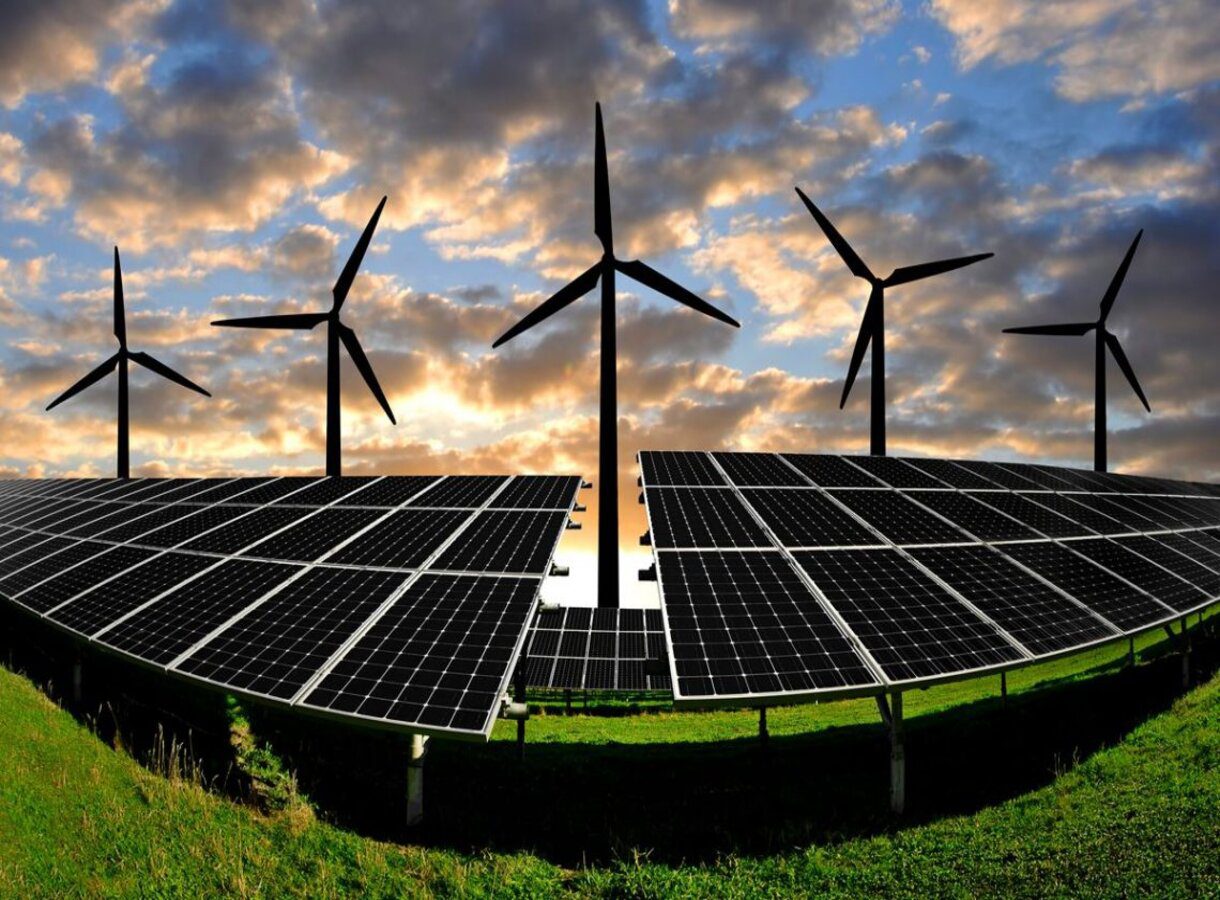The National Industrial Classification 2008 needs to be revised to capture all environment-related activities
The environment sector provides a vast opportunity to create new jobs and build a green economy. For this, the environment sector must become an important economic sector.
What is the environment sector? How many people work in this sector? How many new jobs are needed to meet environmental challenges like the climate crisis? What is the skill gap and capacity development need of the sector? If we are serious about solving environmental problems, we need answers to these crucial questions. But unfortunately, there are no answers because we do not know the environmental sector. Let me elaborate.
The National Industrial Classification – 2008 (NIC-2008), the latest 5-digit classification system used by the Central Statistical Organisation (CSO) to estimate jobs and economic contribution of various sectors, has categorized all economic activities into 21 Sections, 88 Divisions, 238 Groups, 403 Classes and 1304 Sub-classes. But this vast classification system doesn’t have a Section called ‘Environment Conservation and Protection. The only place where some of the environment-related activities appear is in Section E: Sewerage, waste management and remediation activities. This section lists work related to water and wastewater treatment, material recycling and solid and hazardous waste management. But apart from these, products and services related to air pollution control, soil conservation, biodiversity protection, cleaner production, low carbon development or climate change adaptation do not appear anywhere. Therefore, in our current national statistics, there is no separate information on the economic contribution of the environment sector or the number of people working to conserve and protect the environment, a.k.a, green jobs.
But the question is, why do we need a separate environmental sector category? Aren’t environment-related activities part of all economic activities? For example, aren’t jobs related to industrial pollution control part of different industrial sectors? The answer is yes and no. While environmental activities are part of all economic sectors, we still need to categorize the environment as a separate economic sector for innovation and growth.
The critical element in the growth of any sector is money, human resource and innovation, and all three are interdepended. This interdependency can be virtuous or vicious. In a virtuous relationship, money will attract the best talent, and both money and human resources will lead to innovation. Greater innovation, in turn, will bring more money, and this cycle will continue. In a vicious cycle, the opposite happens.
The IT sector, which accounts for nearly 8% of the country’s GDP (three times more than the mining sector), is a classic example of a virtuous relationship. This sector continues to grow because it pays good money to get the right talents; the high-quality human resources, in turn, develops new products and services and makes more money, and the cycle continues.
On the other hand, the environment sector is not exactly on the virtuous cycle. I will not say it is on a vicious cycle either, but considering the scale and pace of changes required to solve environmental crises such as climate change, land degradation and water pollution, the sector needs major innovation and growth. This is only possible with large investments and high-quality human resources. But how do you attract investments when you do not know where and how much investments are required? How do you attract talent when you do not know what kind of jobs are needed today and tomorrow? Basically, how can a sector grow when it doesn’t exist formally? Therefore, to develop this critical sector, we need to define it as a formal economic sector by mapping its economic outputs and jobs.
Obviously, the Ministry of Statistics and Programme Implementation (MoSPI) and CSO have a critical role in revising the NIC and developing a new industrial classification system that captures all environment-related activities. But institutions outside the government will also have a significant role to play in building this field. For instance, we at iFOREST have recently mapped the Air Quality Management (AQM) sub-sector, and the results are fascinating. We found that:
- At least 2.8 lakh organizations, industries and mines require personnel to monitor, plan, prevent and control air pollution.
- There are at least 42 different kinds of jobs in AQM. From municipal workers involved in dust control to air quality modelling and forecasting specialists to transport planners, AQM requires personnel with diverse skills.
- In totality, an estimated 22 lakh direct and indirect jobs are required to manage air pollution in the country. Most of these jobs are blue-collar jobs such as the operator of pollution control equipment in industries, operator of PUC centres (who checks tailpipes of vehicles) and municipal workers. They are the frontline workers but have never been considered part of the sector and made aware of their vital role in managing air quality.
- There are tens of thousands of white-collar jobs, but there aren’t enough qualified personnel to take up these jobs. We estimated that the AQM sub-sector can provide at least 50,000 new white-collar jobs, ranging from researchers and analysts to air quality managers in cities and inspectors in pollution control boards.
- The challenge in the AQM in India is that the people presently working in the sector have not been trained, and a large number of jobs that are required do not exist.
If the AQM sub-sector alone needs hundreds of thousands of people, then think about the potential of the entire environment sector? The bottom line is that we have to view the environment sector as an opportunity to create new jobs and build a green economy. While many of the existing jobs lead to the destruction of the environment, we must start creating jobs to protect the environment. For this, the environment sector must become an important economic sector.

